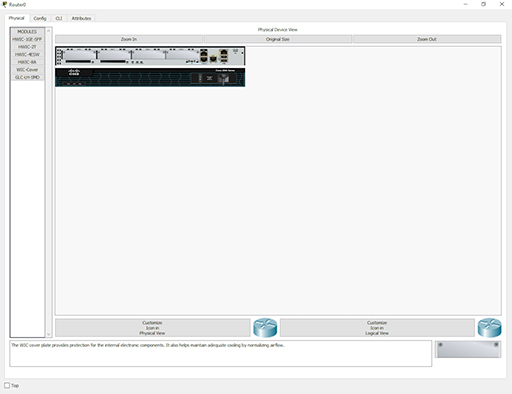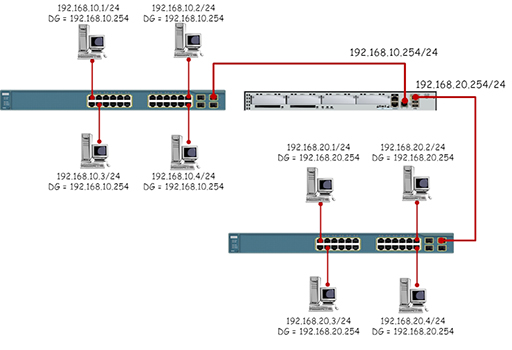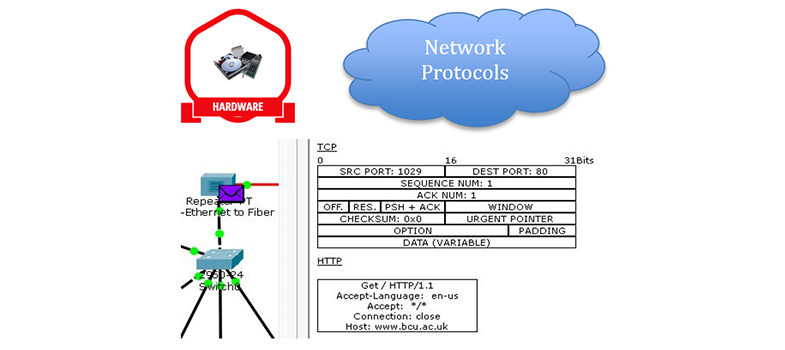7.2.2 Routers
- Routers provide connectivity between different IP networks and are responsible for forwarding IP packets based on their destination IP addresses. It is the job of the router to connect many different networks – this is how the internet operates. Routers provide multiple Ethernet NICs, which are referred to as interfaces. Typical routers do not have many interfaces, as they are not designed to provide connectivity between different IP networks rather than for individual hosts.

Figure 15
- Each router interface must be addressed with an IP address within the network to which they connect. This IP address will act as the default gateway address configured on all the host devices within the IP network:

Figure 16
- Although Ethernet is the most common network access protocol you will meet in LANs, there are many other types of protocols available, especially within Wide Area Networks (WANs). Because routers are designed to connect networks together, they must be capable of supporting multiple network access protocols. Some routers are specifically designed to connect to particular types of WANs, whereas others are modular in design, allowing you to add the correct NIC for the WAN network access protocol in use.
Back to previous pagePrevious
7.2.1 Switches
